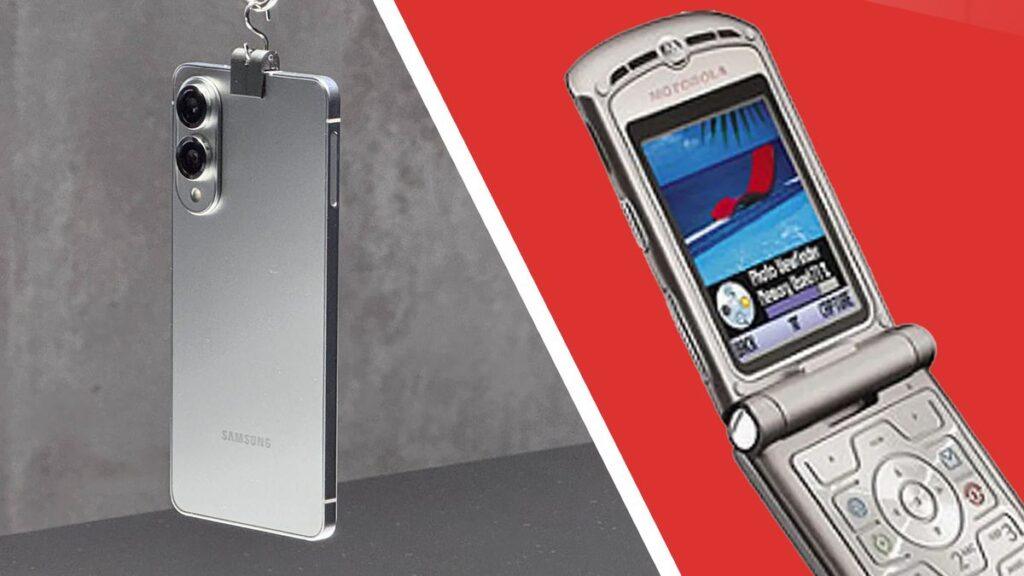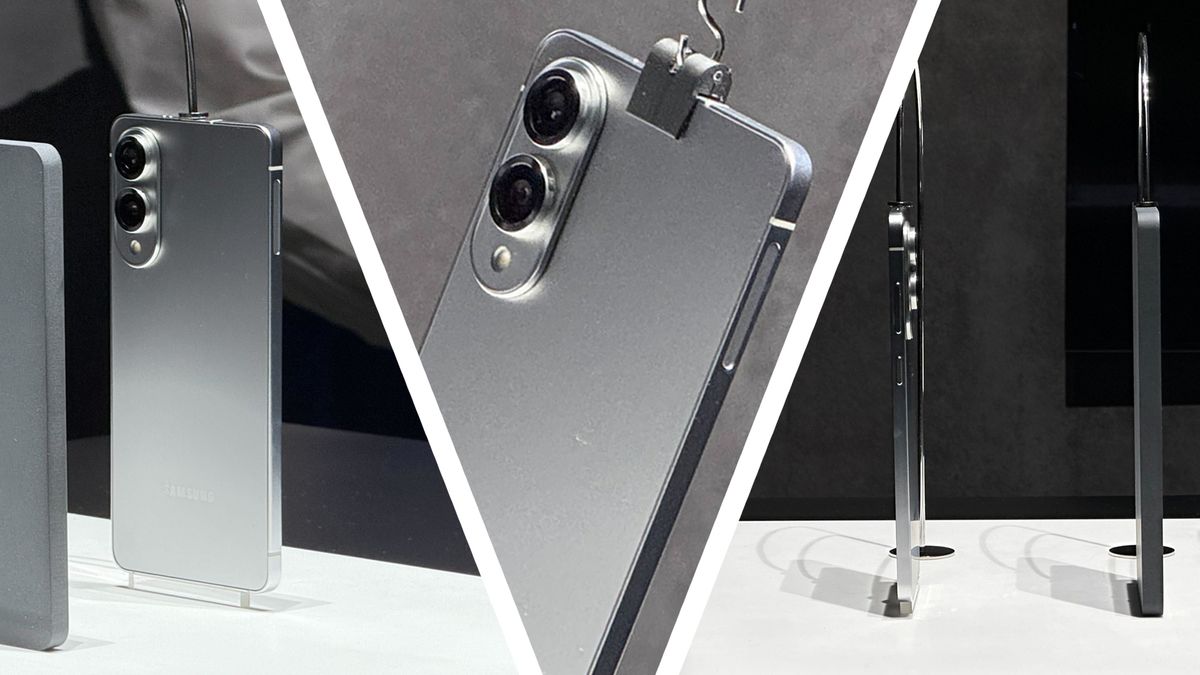With questionable Y2K fashion choices making a comeback in recent years, I suppose it was inevitable – thin phones are back. I’m old enough to remember the original Motorola RAZR V3 in 2004, and just over twenty years later, Samsung has embraced the early 2000s design trend with the new Galaxy S25 Edge. Only this time it doesn’t really make sense.
When the Motorola RAZR V3 was launched, it was a true marvel. People would come down to the shop floor of the tech magazine I worked at just to look at it. Of course, it had an advantage that the Galaxy S25 Edge doesn’t have – phones back then were pretty much ugly bricks.
But the RAZR V3 actually delivered on its design promise as well. Due to its clamshell design, it was under 14mm when closed – and almost worryingly slim at its thinnest point. Its aluminum body and keyboard (made from a single sheet of metal) made it different and really desirable.
The Galaxy S25 Edge badly wants to be a modern equivalent of the RAZR V3. We know very little about its specs, but rumors suggest it’s around 6.4mm thick – which seems about right based on our brief glimpse of the S25 Unpacked launch.
But there’s a problem – smartphones now have to have powerful cameras, and pesky physics can’t get them to be the same size as the RAZR V3’s VGA module. So Samsung has done the only thing it can and stuck a hugely prominent camera module on the back.
What’s the point of having a 6.4mm thick body with big protruding cameras if there’s no design innovation to make it work? I’m still none the wiser. Samsung says the phone is a “culmination of Samsung’s most innovative technology” and is “packaged in a form that is slim, powerful and unlike anything you’ve seen before”.
Unfortunately, the history of phones is littered with examples of designs that we hadn’t seen before, but also didn’t make sense (see the new Nokia Design Archive). The main aim of the S25 Edge seems to be to burst the bubble of the rumored iPhone 17 Air. But for phone buyers, Samsung also seems to have forgotten to do anything beyond reviving the corpse of a design trend that has no real benefit in 2025 – and which Motorola has already successfully replicated in the Motorola Razr Plus.
The case against
I’m sure the Galaxy S25 Edge will be a technological marvel in many ways. It’s expected to pack in a 6.7-inch display – and there’s a chance it could even be the first Samsung phone to feature a tandem OLED display.
It is also expected to pack in two cameras, which are likely to be a main camera (perhaps with a 200MP resolution) and an ultra-wide camera. Samsung could get away without a telephoto camera by going big on the resolution of the main camera and touting its AI-assisted cropping potential. It’s not as good as a telephoto, but it could be enough.
These kinds of specs make the RAZR V3 look like the dinosaur it is. But a truly classic phone captures the zeitgeist in a way that goes beyond specs and dimensions – and from what I’ve seen so far, I doubt the S25 Edge will achieve that.
Unlike in 2004, the majority of phone buyers use a case with their phone – especially ones that cost as much as the S25 Edge probably will (probably somewhere between the S25 and S25 Ultra). Aside from the camera bump, that pretty much negates the Edge’s claims of thinness or practicality.
Maybe I’m being unduly harsh, but the Edge also seems to represent the lazy interpretation of phone innovation. At CES 2025, I loved the TCL 60XE, which can change its screen from color to grayscale with the push of a button.
Sure, it’s not true E Ink and only works with certain apps, but it was a piece of design that fit modern phone needs—namely, a need to escape from our always-on apps and a smart way to extend battery life on . I didn’t see anything at the S25 Unpacked event that fooled me in the same way – just a tidal wave of AI features and the S25 Edge.
Of course, I’ll reserve final judgment on the Edge until we get one to review. But so far it looks like nothing more than a reheated design trend that doesn’t make much sense in 2025.




